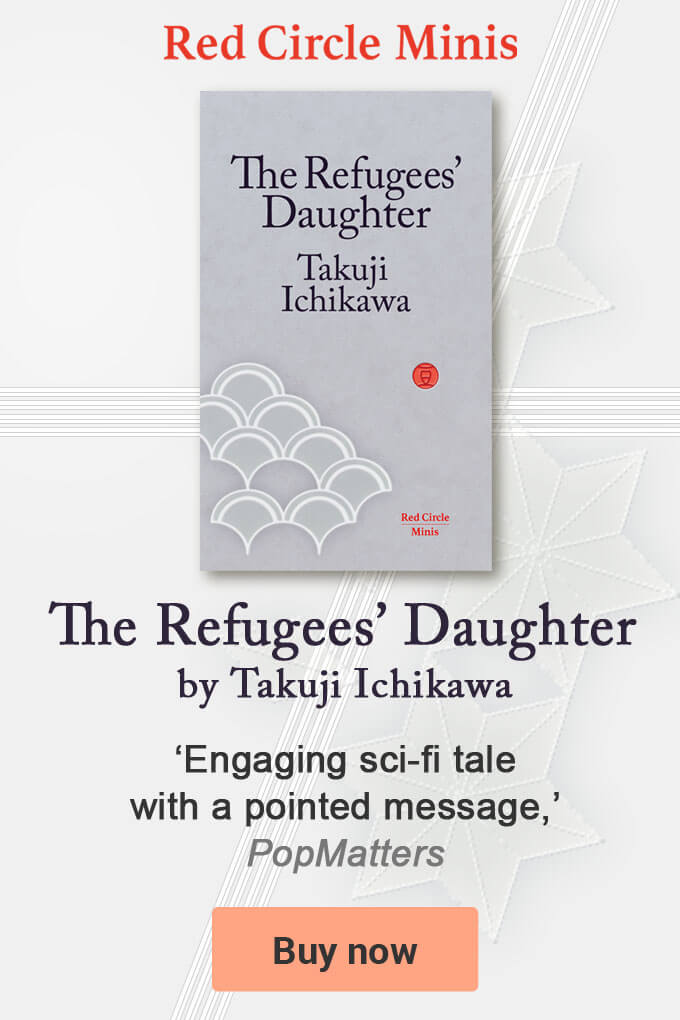In Meiji era (1868-1912) Japan, when the nation was experiencing a period of rapid modernisation and opening up to the West, books and often Western imported ones were a ‘must-clutch’ fashion accessory for young women.
An example of this can be seen in the 1897 woodblock print series, True Beauties, by Toyohara Chikanobu (1838-1912) at the Ota Museum in Tokyo. In one of the images in this series a schoolgirl is depicted holding a western-style umbrella, dressed in traditional Japanese clothing and holding a foreign book in her left hand with a ring on her finger.
It is probably not too far of a stretch to say that the brown leather covered book with its crest looks somewhat similar to an early Louise Vuitton bag. Another example of an image of a young Japanese woman reading a Western novel in a woodblock print is Mirror of Enlightenment Feelings by Kunichika Utagawa (1838-1900).
Images of women reading has been an important motif in Japanese art for a long time, so much so that research and books on the topic such as: The Female as Subject: Reading and Writing In Early Modern Japan have been published.
Historically, reading was the preserve of Japanese aristocrats and thus women readers projected an image of high social rank especially those who read the classics and poetry, but as Japan modernised what was being read, how the book was held, and the environment within which the reading women was depicted all became important.
In Meiji Japan being educated, open-minded while still holding onto one’s local obligations was considered important. Clutching an impressive Western-looking book as one walked around in a traditional kimono was an aspiration getup or the must-have look for some.
In Meiji Japan books were the ultimate ‘must-clutch’ fashion accessories for young women and schoolgirls
[UPDATED: 10-28-2020]
© Red Circle Authors Limited
In Meiji Japan books were the ultimate ‘must-clutch’ fashion accessories for young women and schoolgirls
Posted by

